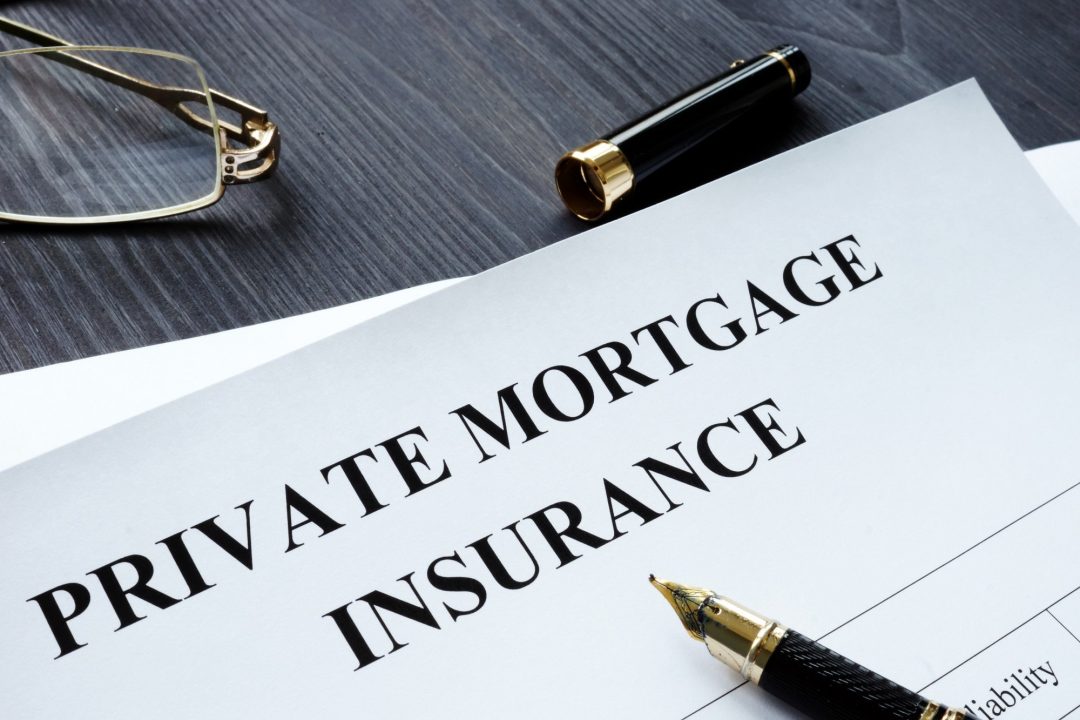
The Good, the Bad, and the Truth About Private Mortgage Insurance
Looking into buying a home? Right now is a great time to buy, with low-interest rates and lenders offering loans without requiring a 20% down payment.
With less than 20% down payment, you may be required to pay private mortgage insurance (PMI) to help secure a loan. You may hear many people groan when hearing that term, but in truth, PMI is neither good nor bad. In fact, private mortgage insurance offers numerous overlooked benefits.
Keep reading to discover what PMI actually is and why it’s not as bad as you might think.
What is Private Mortgage Insurance?
PMI is insurance that is often required to obtain specific home loans. For example, if you apply for a conventional mortgage loan and offer less than 20% down payment, you will most likely be required to pay private mortgage insurance.
As the Consumer Financial Protection Bureau (CFPB) notes, private mortgage insurance does not protect you, it protects the lender if you default on your loan.
What PMI does is make homeownership achievable for many people who wouldn’t ordinarily qualify.
Consider this: The current U.S. median home listing price is $226,800. That means a 20% down payment for homes at this price is $45,360. That’s a lot of money for most people, especially first-time buyers, to come up with in order to qualify for a conventional loan.
But with PMI enabled, you could buy a home with a downpayment of only $6,804.
Yes, PMI increases your mortgage payment, but many homeowners find the tradeoff acceptable. That’s because the sizeable down payment is precluding them from getting a home, but they can manage the monthly PMI premiums comfortably.
Three Ways to Pay PMI
Ask your lender what options they offer to pay your PMI. Typically, you have three options:
Monthly Premium
The most common way to pay private mortgage insurance is through a monthly premium. In this scenario, the annual PMI premium is divided by 12 and added to your monthly mortgage payment.
You can see the monthly premium on your Loan Estimate and Closing Disclosure on the first page of the Projected Payments section.
Single Premium
Another option you have is to make a lump-sum payment at the time of closing. Paying a single premium covers your PMI until your mortgage is no longer active.
Take caution with a single premium payment because if you move or refinance your loan, you may not be eligible for a refund.
Lender-Paid Mortgage Insurance (LPMI)
With lender-paid mortgage insurance, you do not have to pay a monthly PMI payment. However, your mortgage rate will be raised to help cover the additional risk to the lender.
Which option is best for you?
The single premium may be ideal if you are planning to keep your current loan, This is especially true if you think property values are going to remain flat. This option allows you to limit long term costs.
On the other hand, lender-paid mortgage insurance may be preferable to you if you plan on moving or refinancing within the first three years of the loan. This option will require a separate payment, but it will only be a small amount on top of your mortgage.
For most people, though, the monthly premiums are the way to go. The payments are regular and the PMI will be eliminated as you make payments and the property value rises.
Why Is PMI Important?
Probably the biggest benefit of private mortgage insurance is that it allows those with less than a 20% down payment to purchase a home. Without PMI, most buyers without such a substantial down payment would not qualify for a home loan. They would miss out on the opportunity to become homeowners.
Why is 20% the benchmark to avoid having to pay PMI? The answer lies in the event that a borrower defaults on a loan.
When a borrower misses three consecutive payments, the loan goes through the process of default and foreclosure, which can last up to two years. During that time, lenders usually lose 20% of the home’s value. The 20% requirement exists because if a borrower pays anything less than that amount, the lender is at a greater risk.
How Much Does Private Mortgage Insurance Cost?
How much PMI you pay each month can vary depending on your lender the amount of your down payment. For most conventional loans, your PMI premiums are determined from a range of 0.15% to 2% of the loan amount.
For example, let’s say you purchase a home for $200,000. You give the lender a 10% down payment of $20,000. That reduces your loan to $180,000. If your PMI is 1% of the loan amount, then your annual PMI is $1,800 (1% of $180,000) or $150 per month.
How to Cancel Private Mortgage Insurance?
There are two ways to cancel private mortgage insurance.
First, you pay your loan balance down to 78% of the original purchase price for your home.
Second, you can ask the lender for an appraisal or consideration of value (depending on their requirements). If the appraisal concludes that the current home value results in 20% equity, you qualify to stop paying PMI.
By law, lenders must cancel private mortgage insurance if you meet either of the above two requirements.
PMI Makes Home Ownership Possible
The purpose of private mortgage insurance is to allow a buyer to purchase a home with less than 20%. One of the silent benefits is that the cash that is not used for a down payment can be repurposed to cover home improvements or to save for a rainy day.
If you would like to see what your lending options are, we would love to help. Contact us let us show you what you qualify for now.
